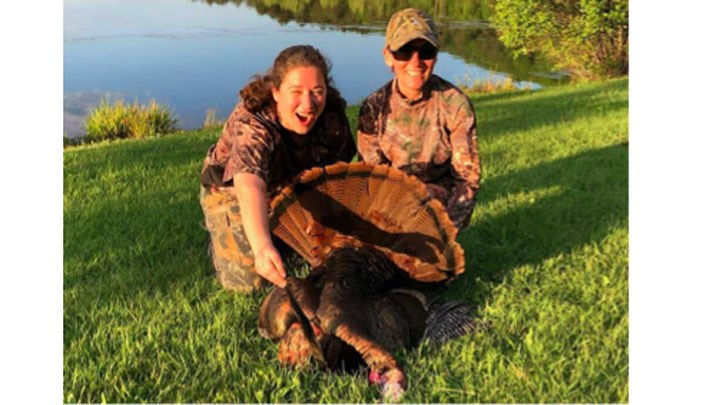
by Jenifer Wisniewski, Chief, Outreach and Communication, Tennessee Wildlife Resources Agency, and Voice of Leadership Panelist - Monday, September 14, 2020

|
Participation in hunting and fishing has been generally declining since the 1980s. There has been a growing effort to reverse this trend in the hunting and fishing community. We now call this movement R3. R3 stands for recruitment, retention, and reactivation with efforts that seek to create new participants or increase participation rates of new, current or lapsed hunters, anglers and target shooters. So that we can all sing from the same hymn book, the community developed the Outdoor Recreation Adoption Model, which outlines the process of becoming an outdoor recreation participant. Recruitment activities generate awareness and interest in an activity, as well as provide opportunities for people to try an activity. Retention activities provide the support necessary for novice recreationists to build their skills until they can participate independently. Reactivation activities help lapsed recreationists become active participants. This broad national effort is gaining momentum. State agencies and nongovernmental organizations such as the NWTF, Ducks Unlimited, Delta Waterfowl and others are looking for new ways to expand access to hunting and fishing and to increase our support for state and national R3 planning for hunting, fishing and the shooting sports. Whether it’s through teaching skills, expanding access, monitoring fish and game species or marketing, there are dedicated people working to grow participation in the outdoor traditions we all love to preserve them for future generations. Why You Should Care License sales from hunting and fishing and excise taxes paid on firearms, archery equipment, fishing tackle and boat fuel produce valuable funding each year for wildlife conservation and habitat restoration. These expenditures generate billions of dollars annually for the national economy, support hundreds of thousands of jobs and have kept wildlife thriving with huntable and fishable populations nationwide. If those funding sources were to dry up, then so would our wildlife resources. A Pandemic Surprise How You Can Help The world has changed and will continue to do so. We are not going to rid the world of video games and cell phones. There’s nothing we can do about 80-game soccer leagues and travel baseball/softball for 10-year-olds. People are going to continue to move away from rural areas. Families are going to lose their farms to inheritance taxes. Baby boomers are going to age out of their hunting days in the next 10 years. We need to learn to thrive inside of the constraints of these realities. Here are some examples of things each of us can do: 1) hold a wild game feast and invite the families from a sports team; 2) start a trap league; 3) create hunting opportunities for youth in programs like National Archery in the Schools (NASP) and high school trap teams; 4) get your whole family involved in your local Ducks Unlimited, National Wild Turkey Federation or Quail Forever chapter; 5) take your family and some friends fishing; 6) host a range day for people from your church or workplace; 7) invite someone from the range on a hunt; 8) invite people outdoors with you at every chance you get! Again, looking at the silver lining, COVID-19 and national unrest have driven millions of folks to purchase their first firearm. An estimated 8 million Americans will have become first-time gun owners in 2020. These new folks provide a massive opportunity to growing hunting and the shooting sports. But it is up to current hunters and target shooters to reach out and offer them education and an invitation. No matter who you are, what you look like or where you’re from, if you care about the future of hunting, fishing and shooting, you have to figure out ways to bring in a new person. This is a perfect year to do it. It doesn’t need to be a kid, the person doesn’t even need to shoot, but we need to invite others to join us. No one learned to love hunting, fishing or shooting through a social media post or a TV show. We need to intentionally seek people out, invite them, bring them along and teach them. About the Voice of Leadership Panel Members of the 2020-2021 VLP include:
|
E-mail your comments/questions about this site to:
[email protected]
Proudly supported by The NRA Foundation and Friends of NRA fundraising.
